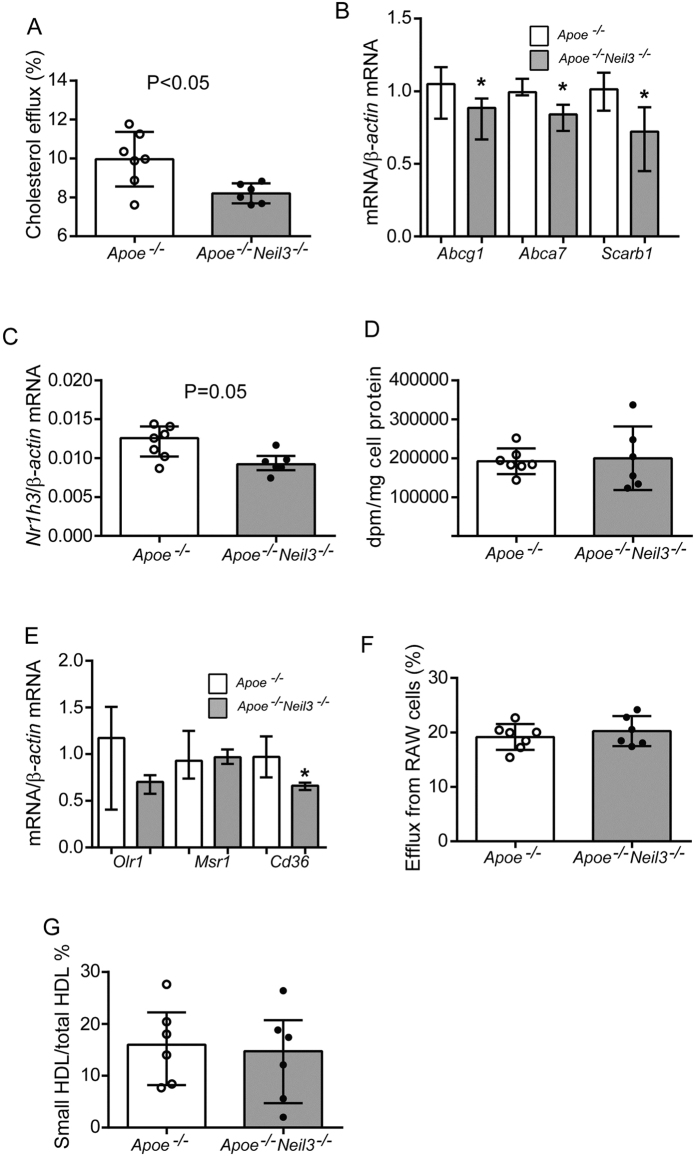Figure 5. Decreased cholesterol efflux capacity in bone marrow-derived macrophages (BMDM) from Apoe−/−Neil3−/− mice.
(A) Cholesterol efflux capacity of BMDM from Apoe−/− (n = 7) and Apoe−/−Neil3−/− (n = 6) mice, using pooled serum from C57BL/6 wild type mice (n = 4) as cholesterol acceptor. The experiment was repeated twice with similar findings. (B,C) mRNA levels of genes involved in cholesterol efflux mechanisms; (n = 6-7 [Abca7, Srb1 and Nr1h3] and n = 16–17 [Abcg1]). (D) BMBM were exposed to oxLDL (20 μg/ml) and 14C-cholesterol (0.5 μCi/ml) for 48 hours, washed with serum-free medium containing 0.2% BSA and the cells were lysed with 0.2 M NaOH. BMDM loading capacity was calculated as disintegrations per minute (dpm) per total protein. Values represent fractional (%) cholesterol efflux calculated as dpm (media)/dpm (media + cell-associated)] × 100. (E) mRNA levels of scavenger receptors in BMDM from Apoe−/− (n = 6) and Apoe−/−Neil3−/− (n = 3) mice. (F) Serum cholesterol acceptor capacity was evaluated by measuring cholesterol efflux from murine macrophages (RAW264.7 cells) using sera from Apoe−/− (n = 7) and Apoe−/−Neil3−/− (n = 6) mice as cholesterol acceptors. (G) The distribution of small plasma HDL cholesterol relative to all plasma HDL cholesterol. mRNA levels were quantified with RT-qPCR and normalized to β-actin as reference gene. Data are presented as single values, median and interquartile range. *p < 0.05.

